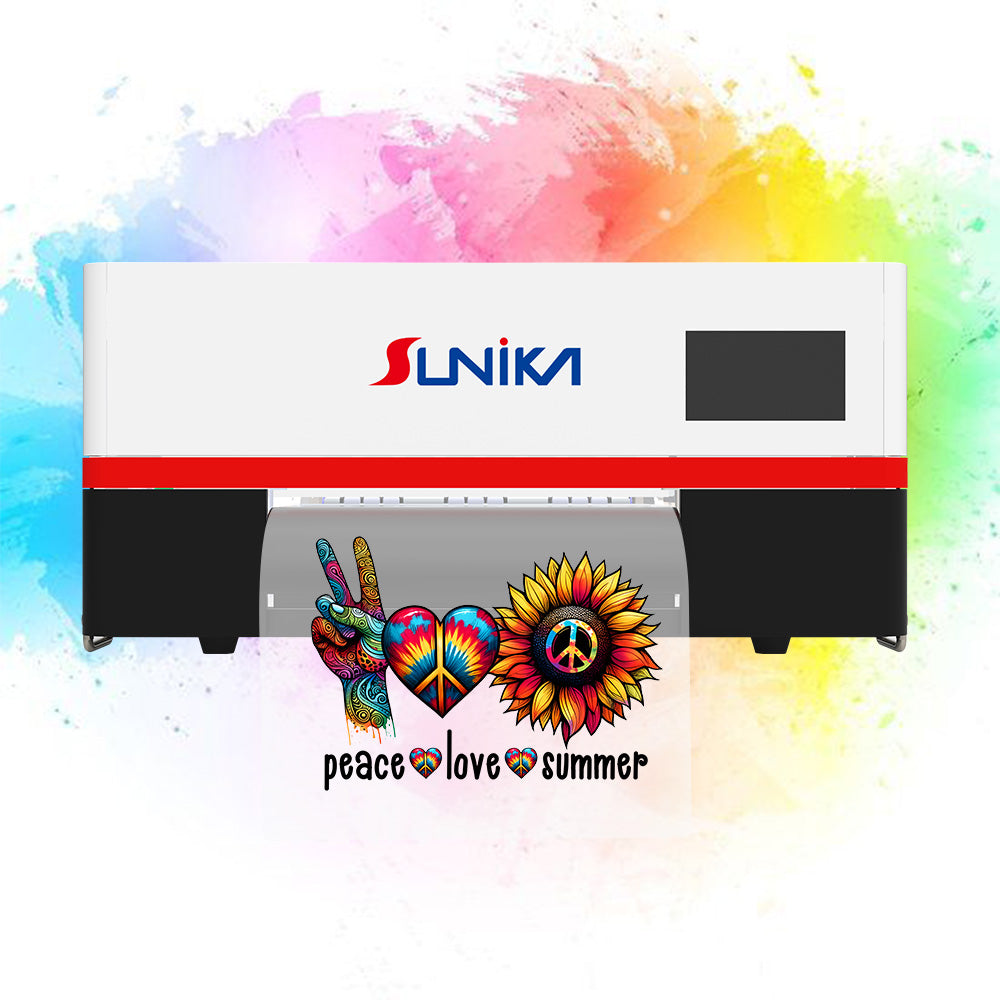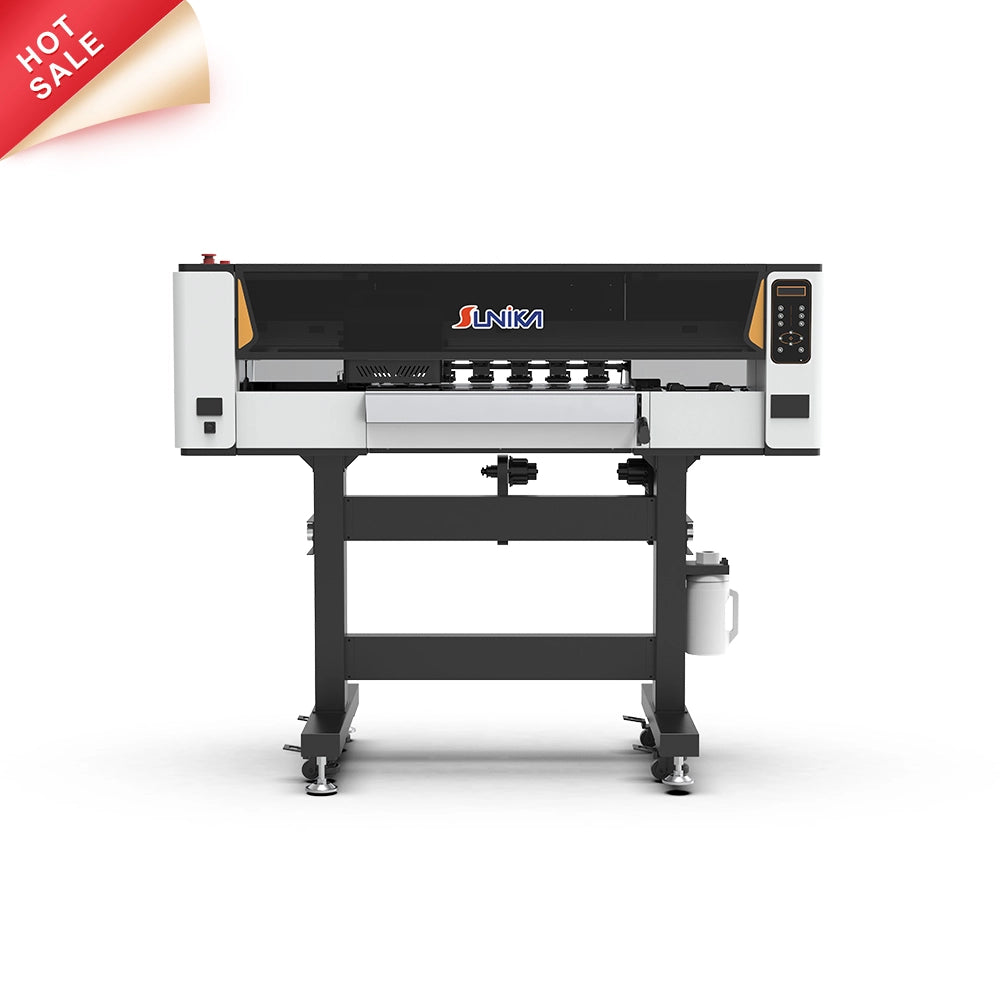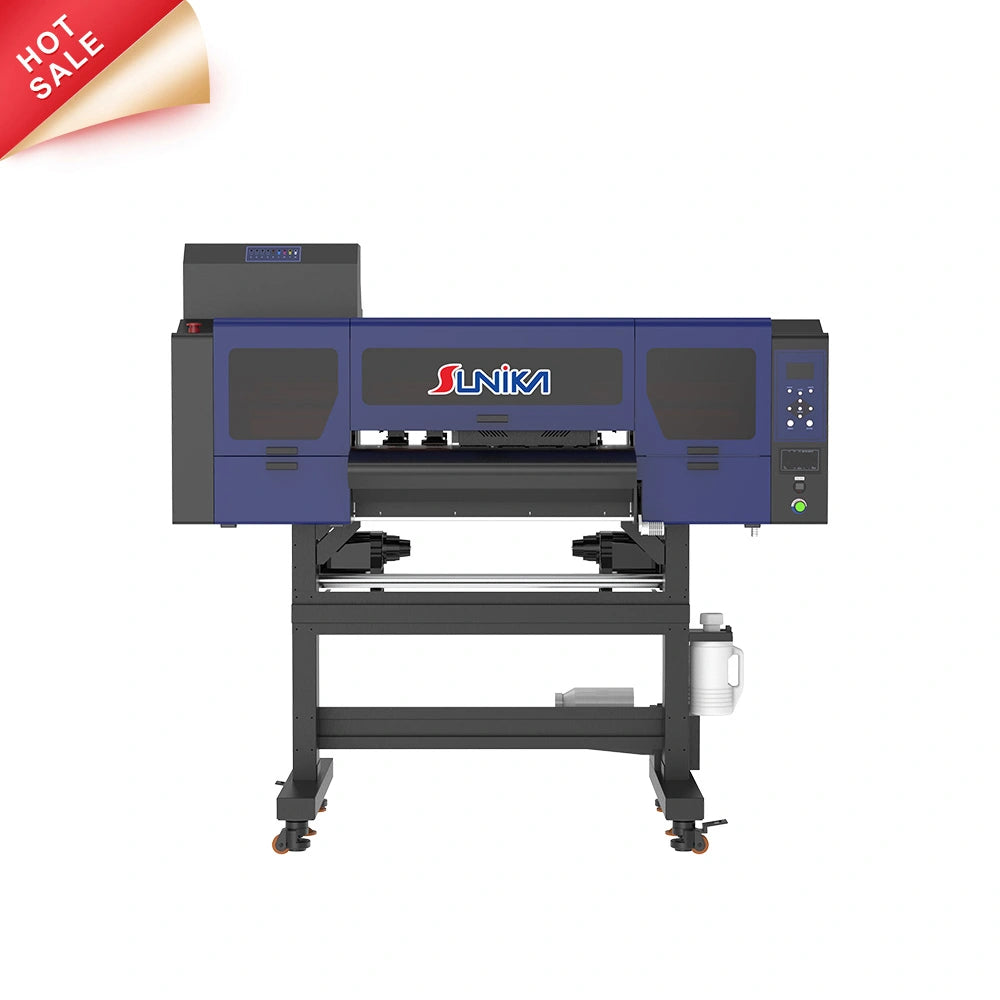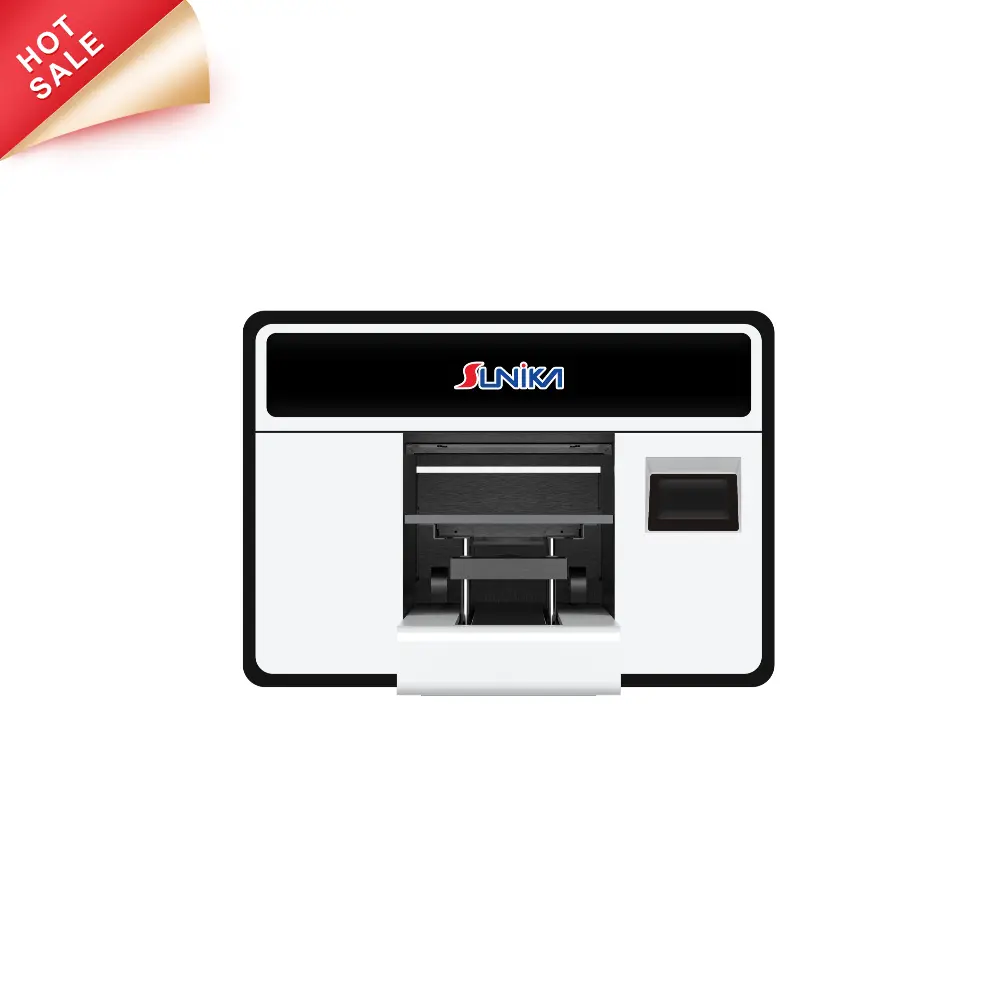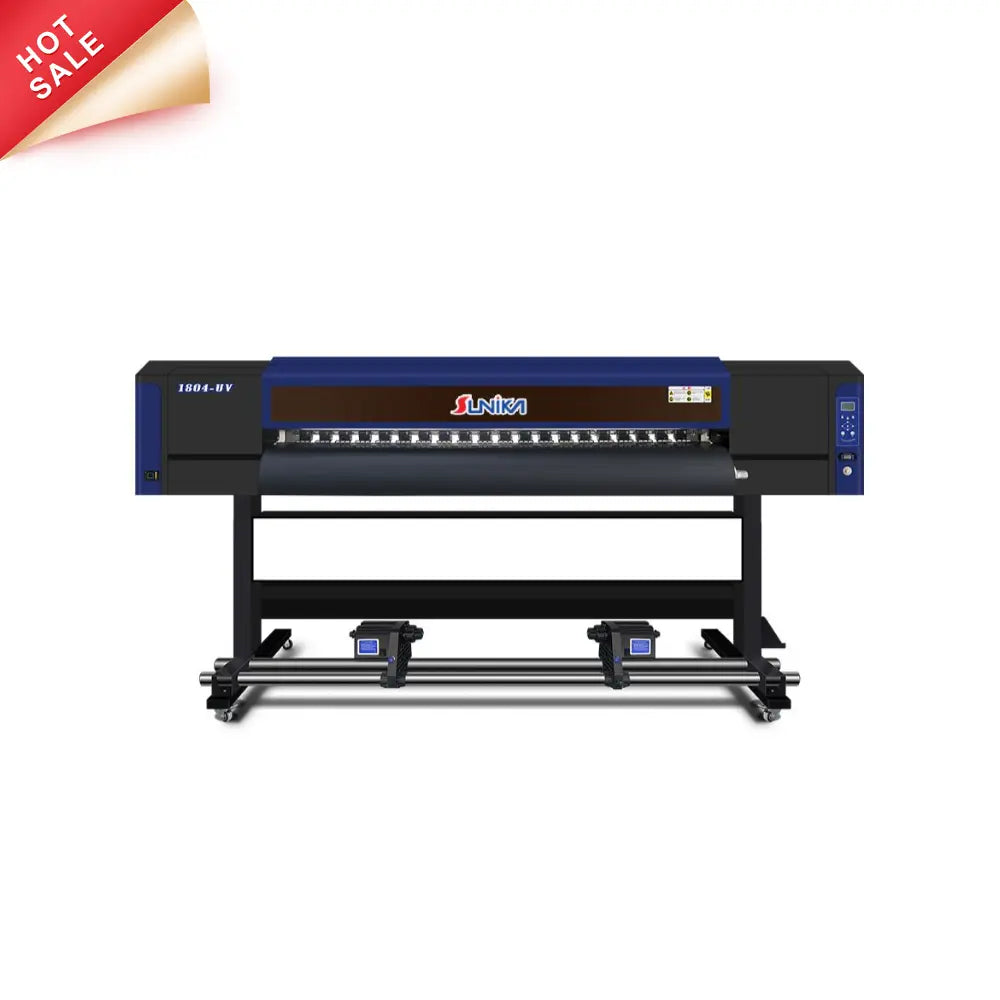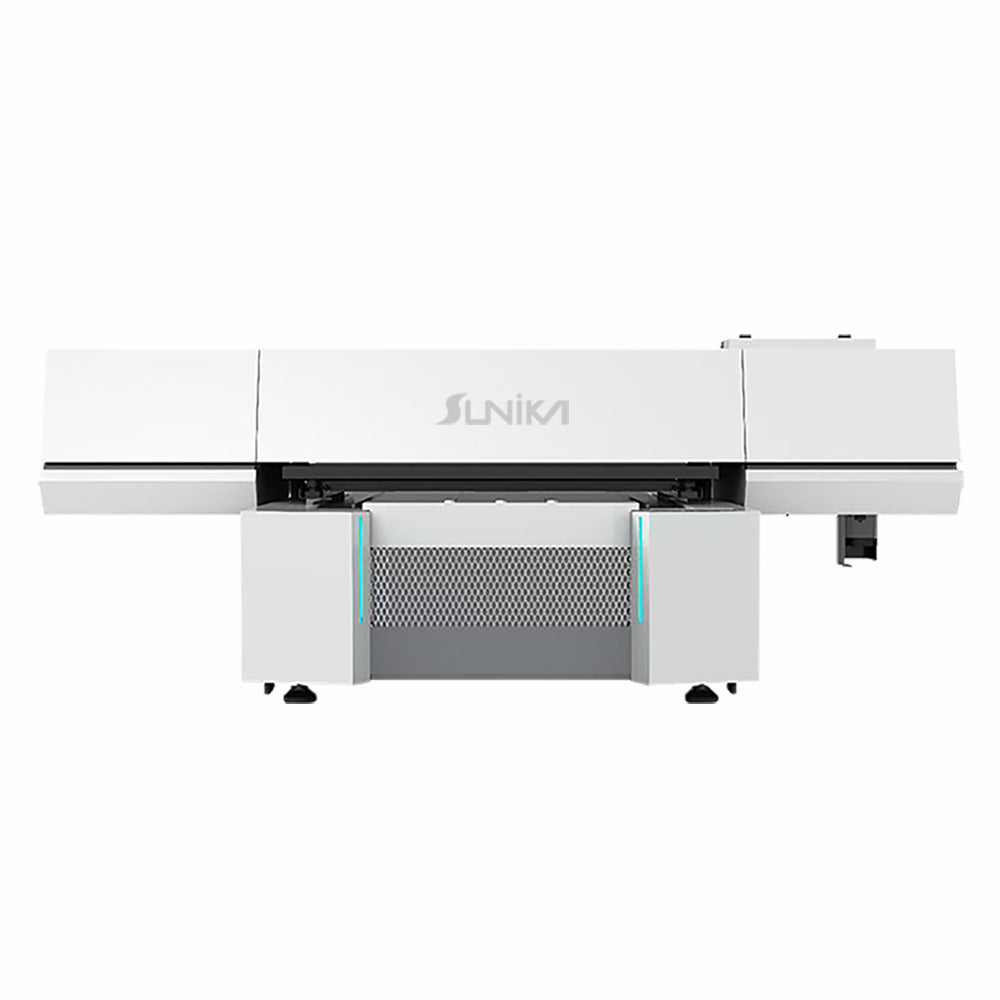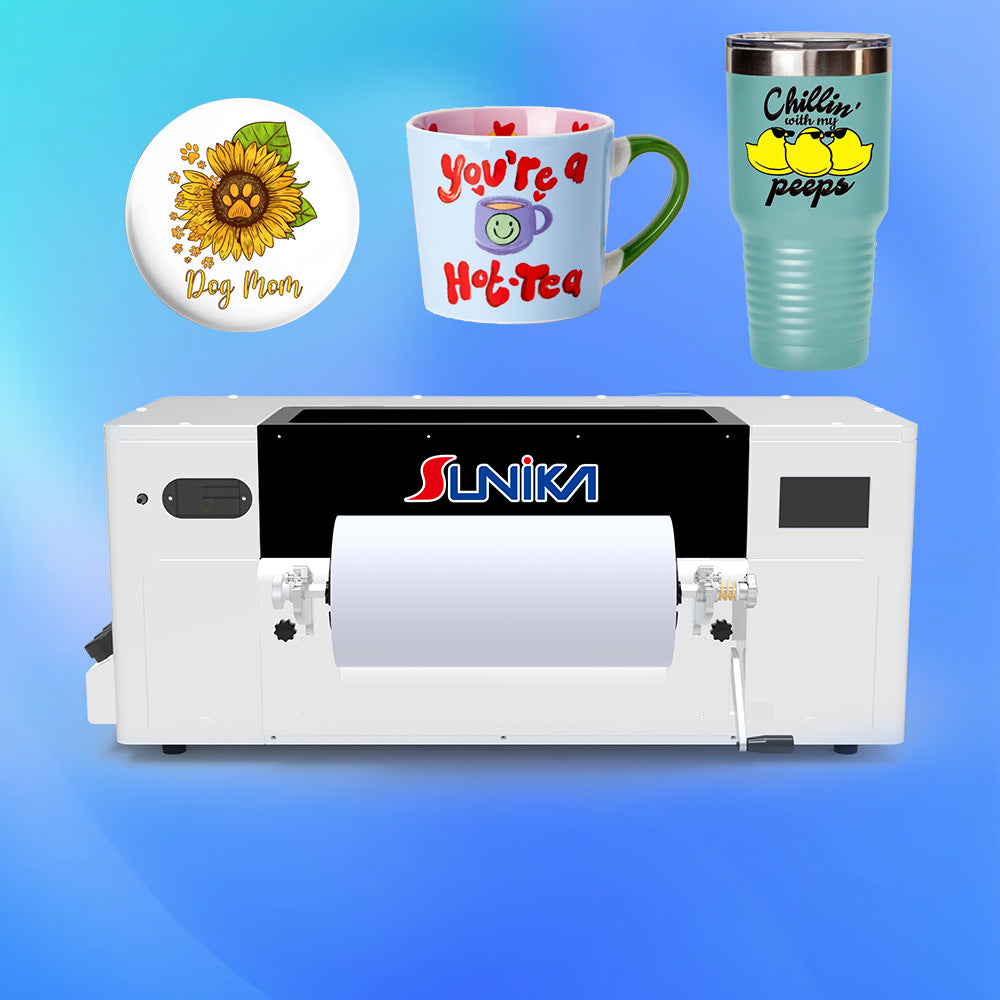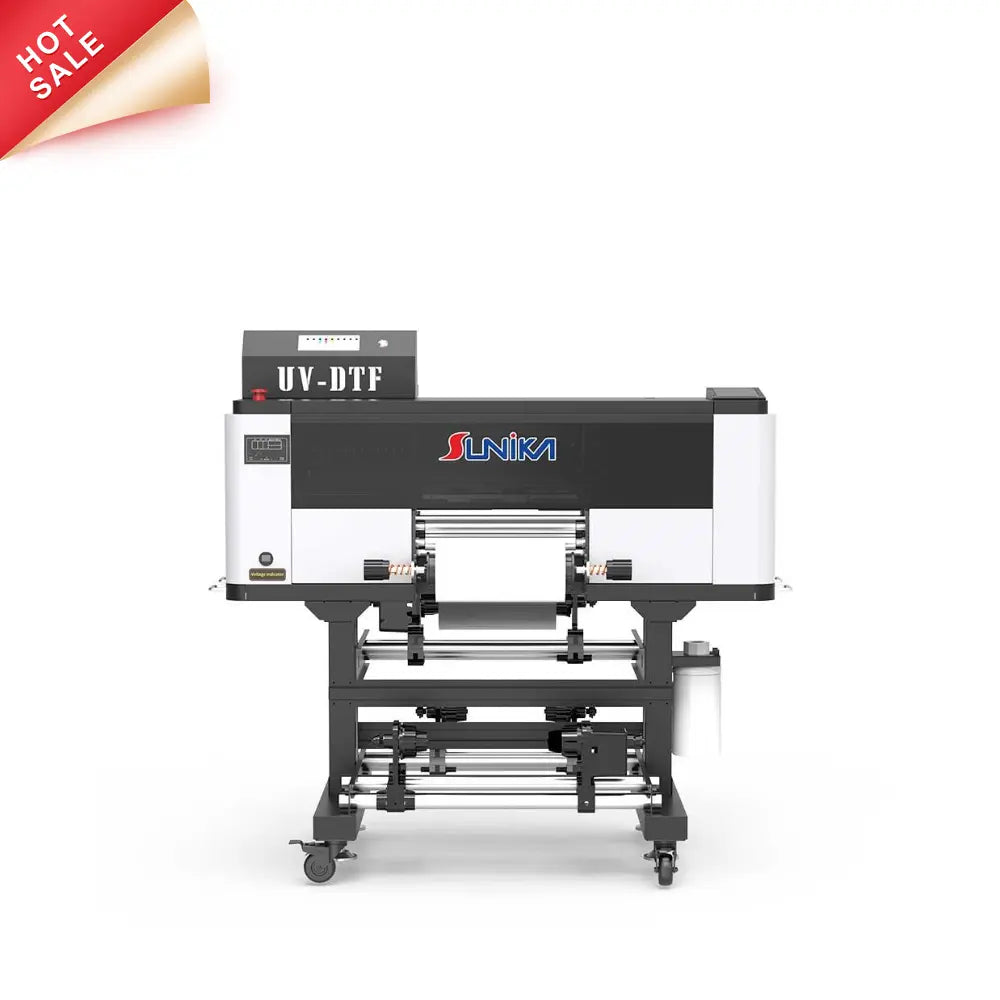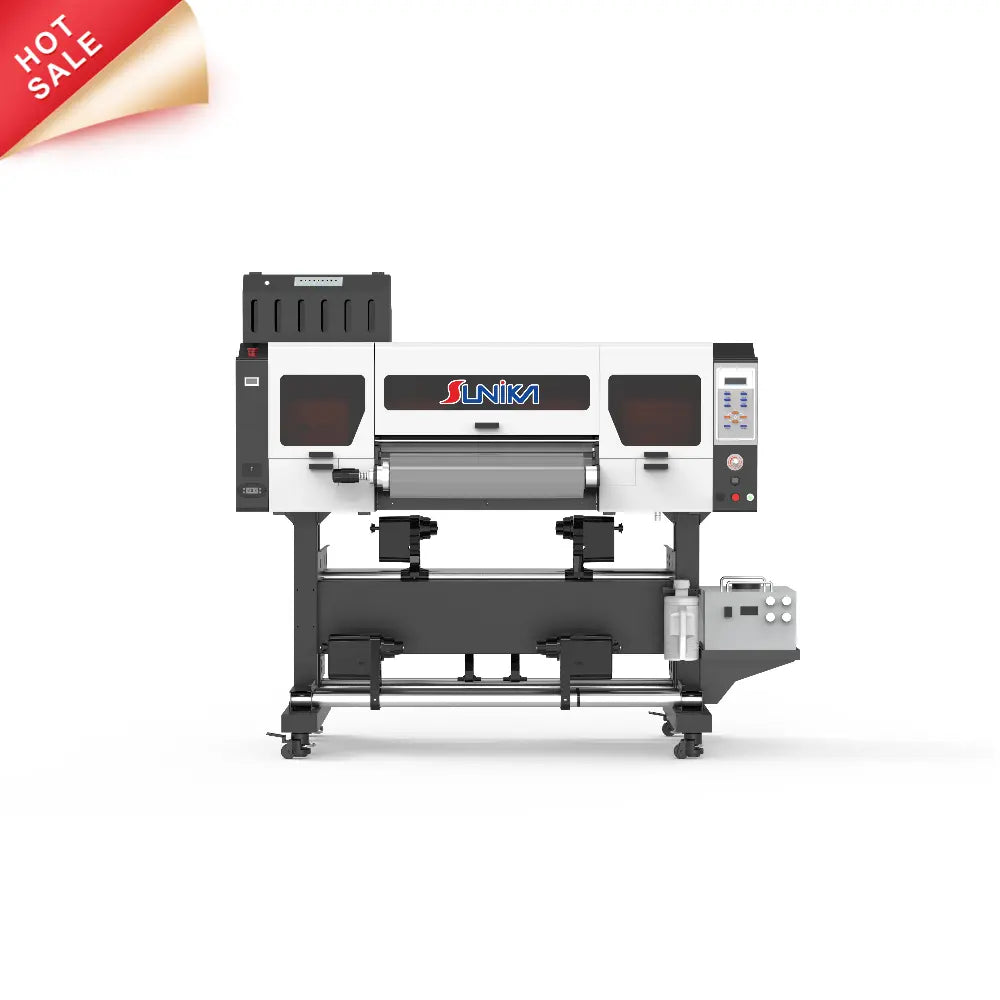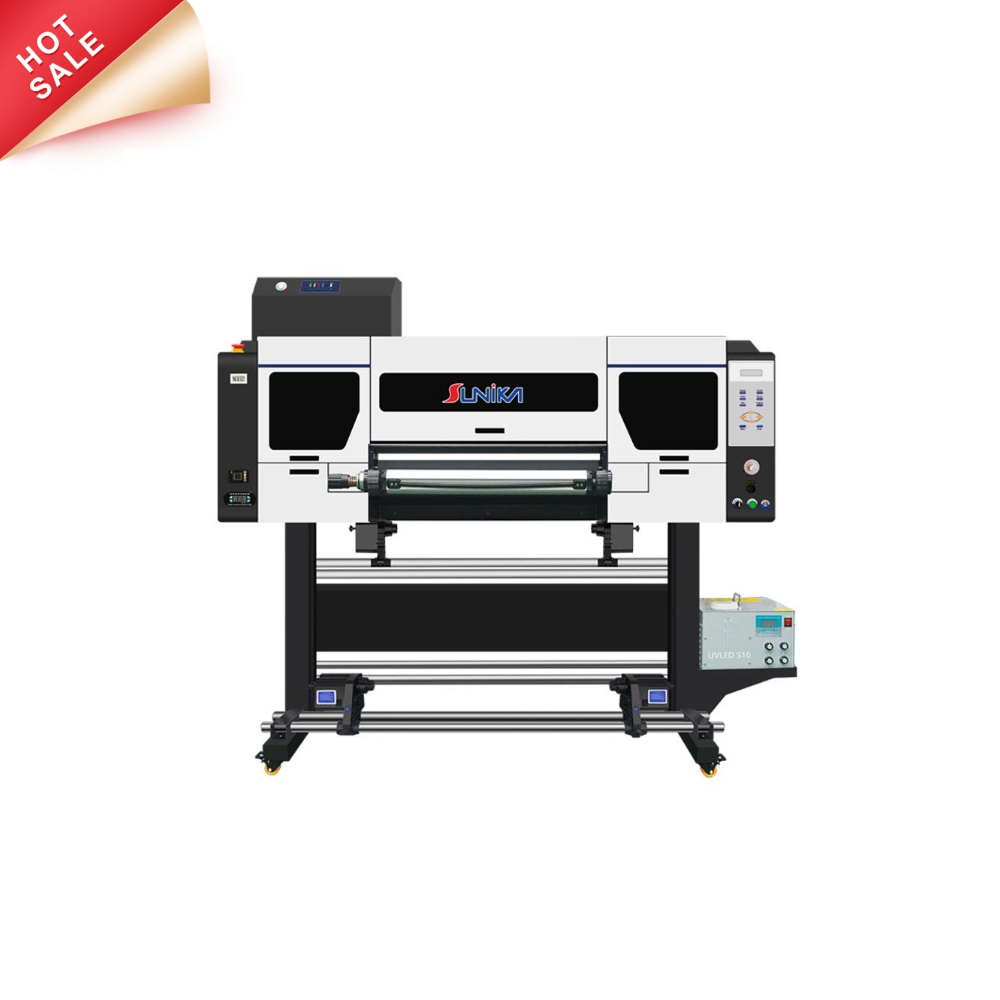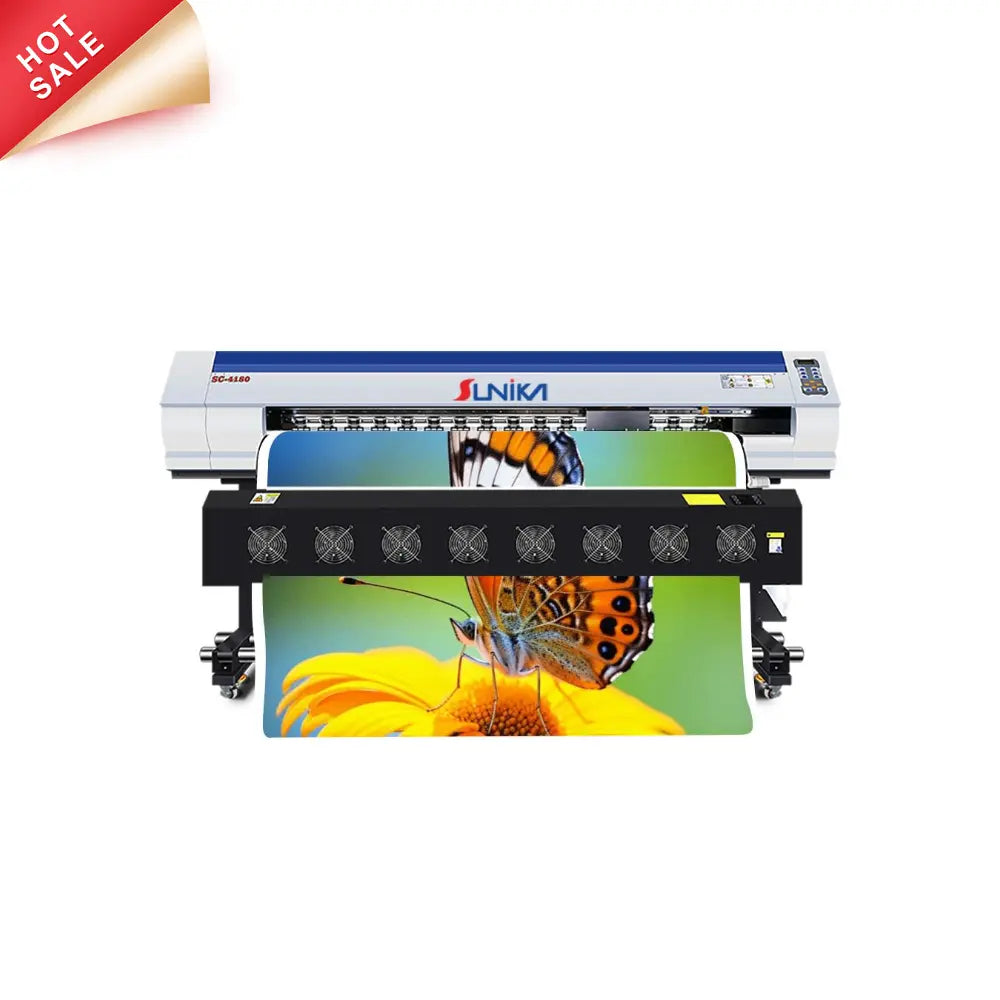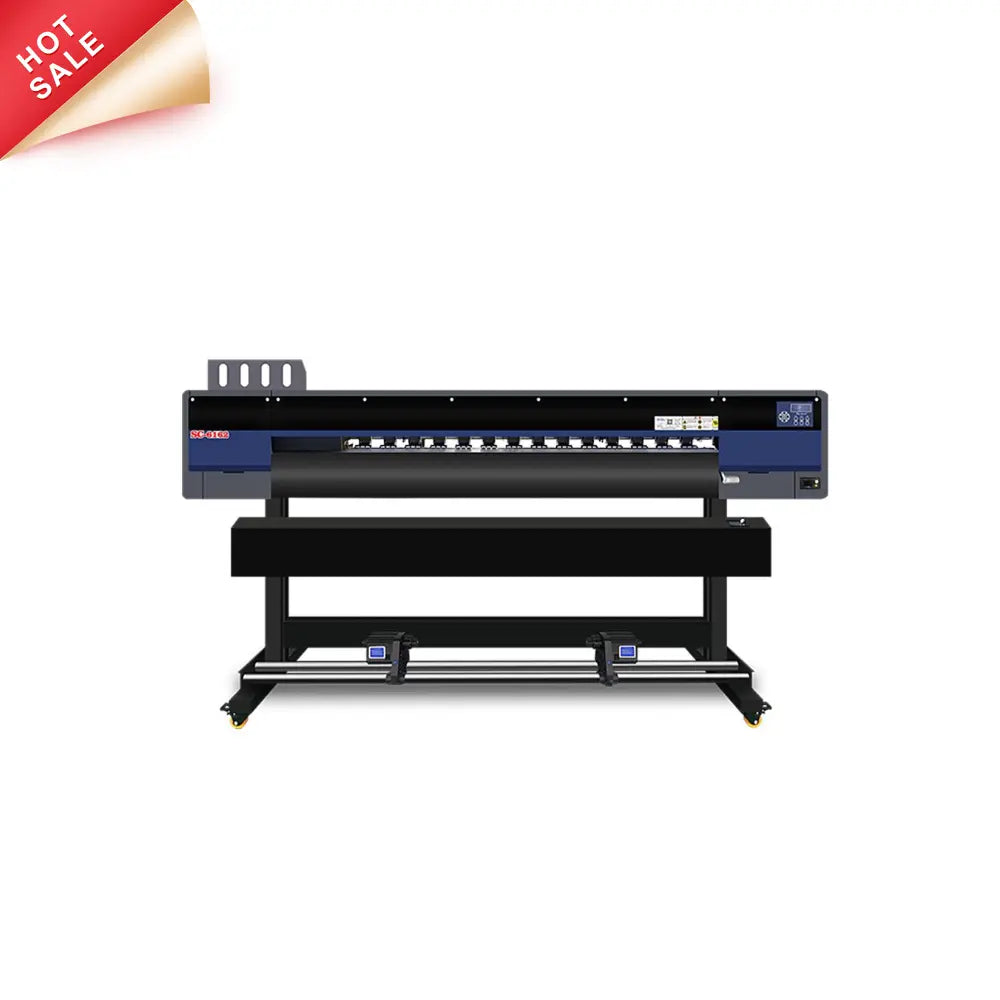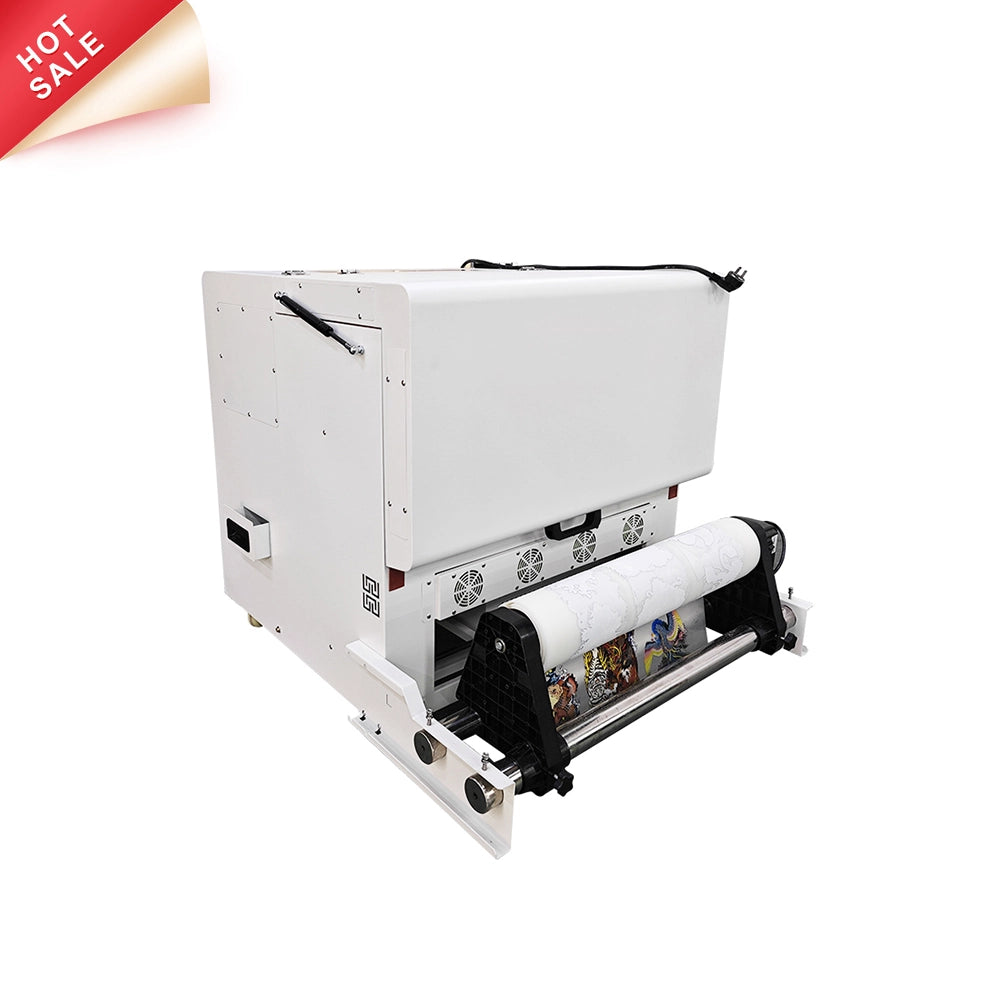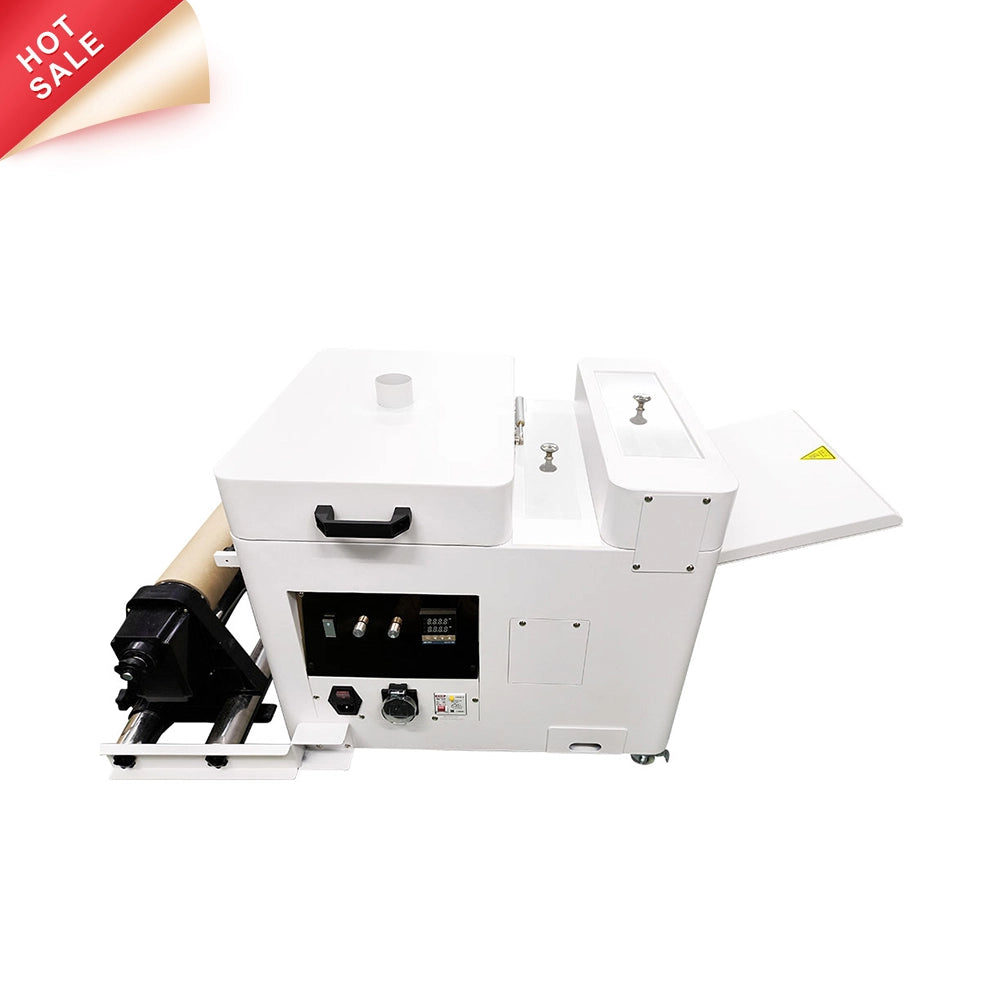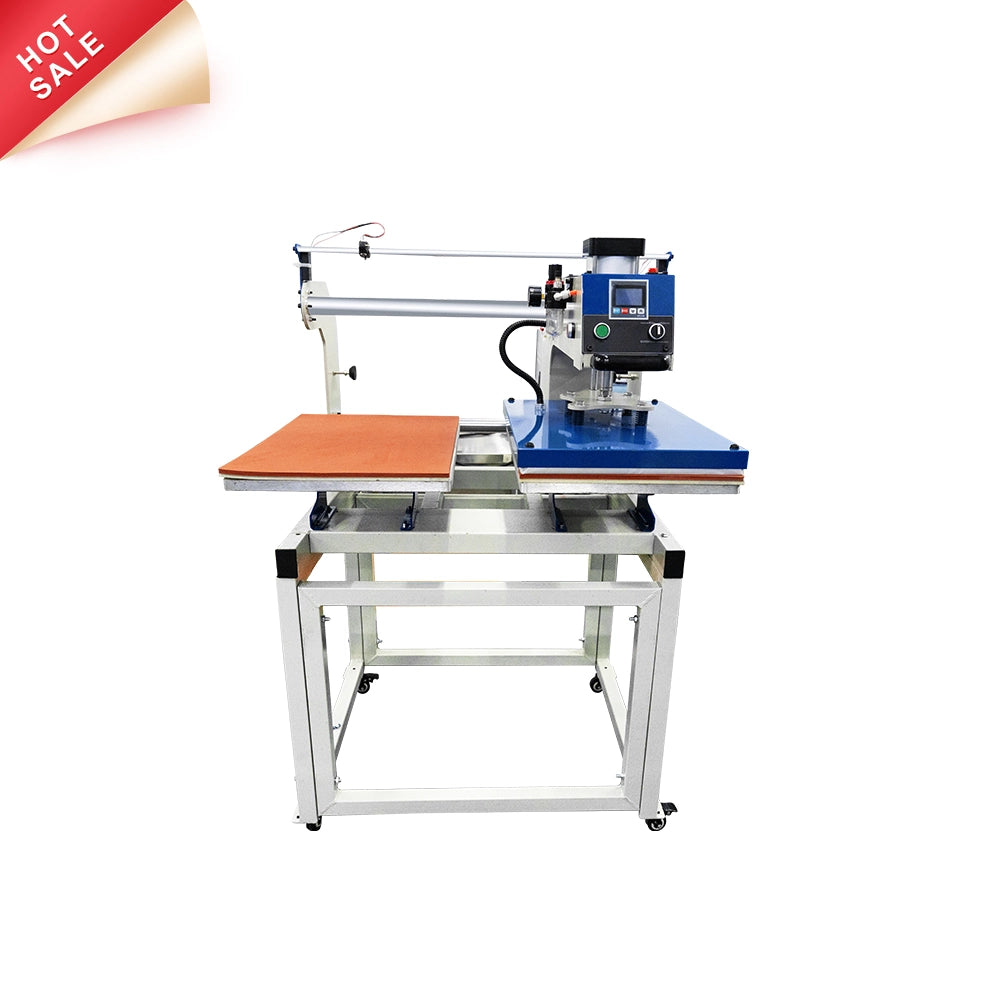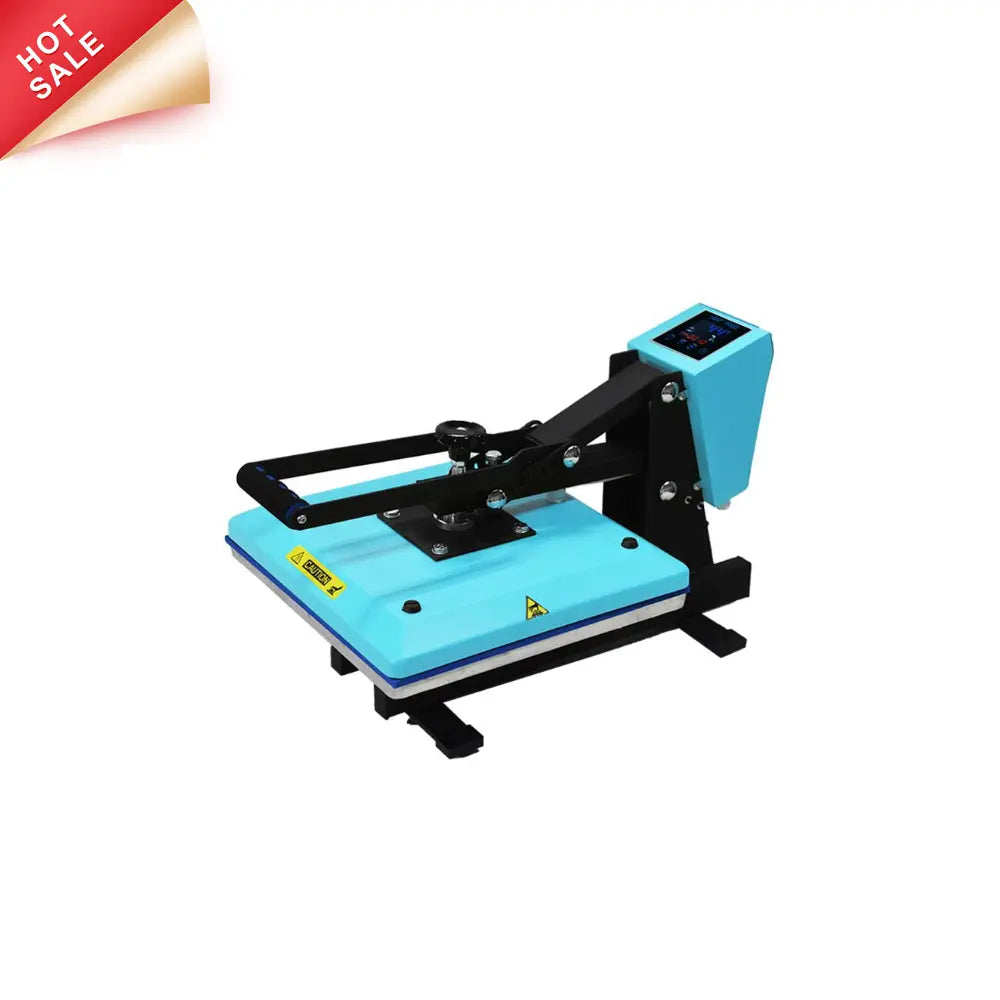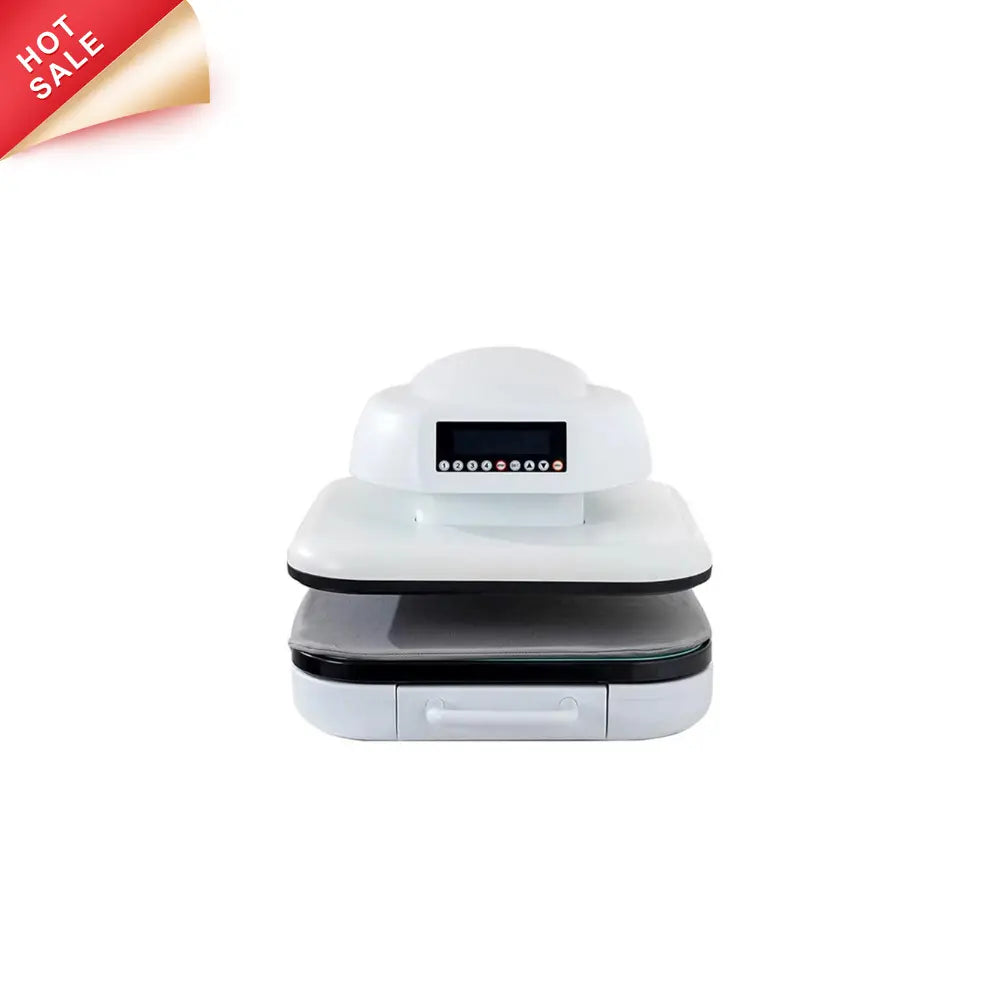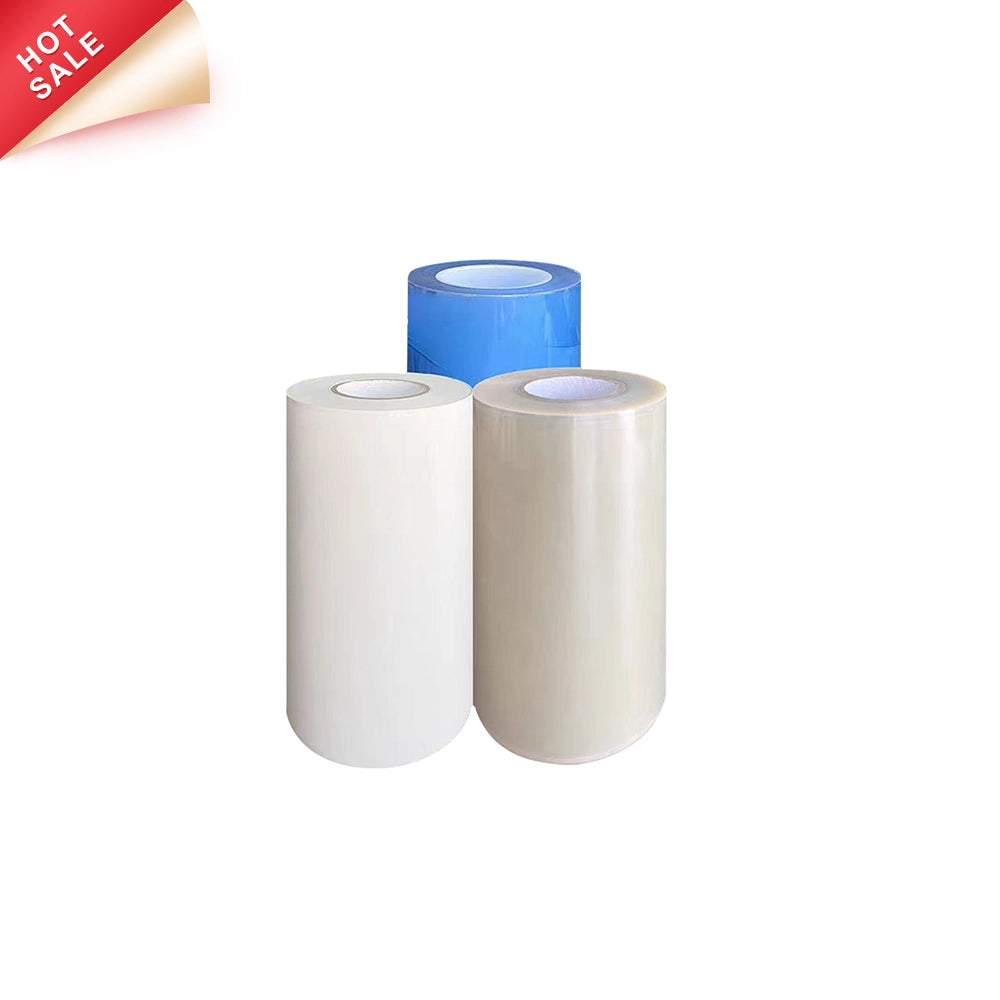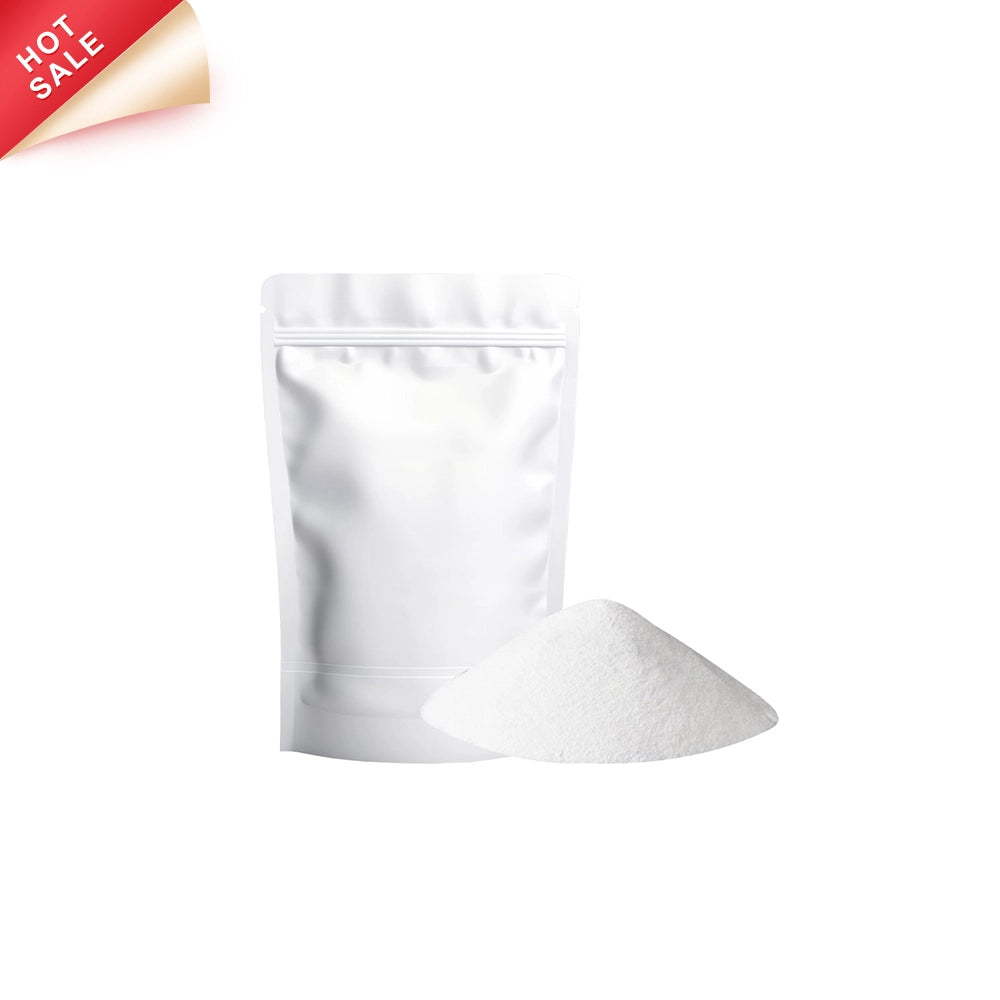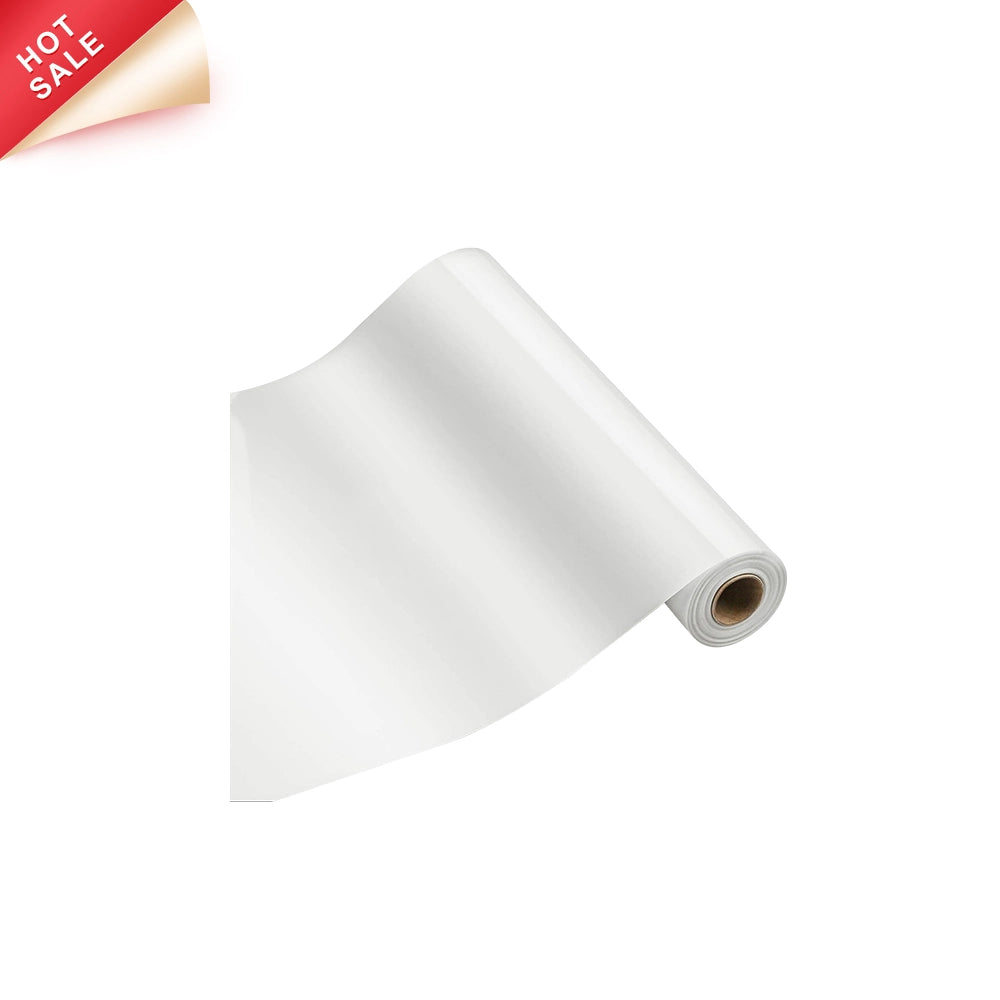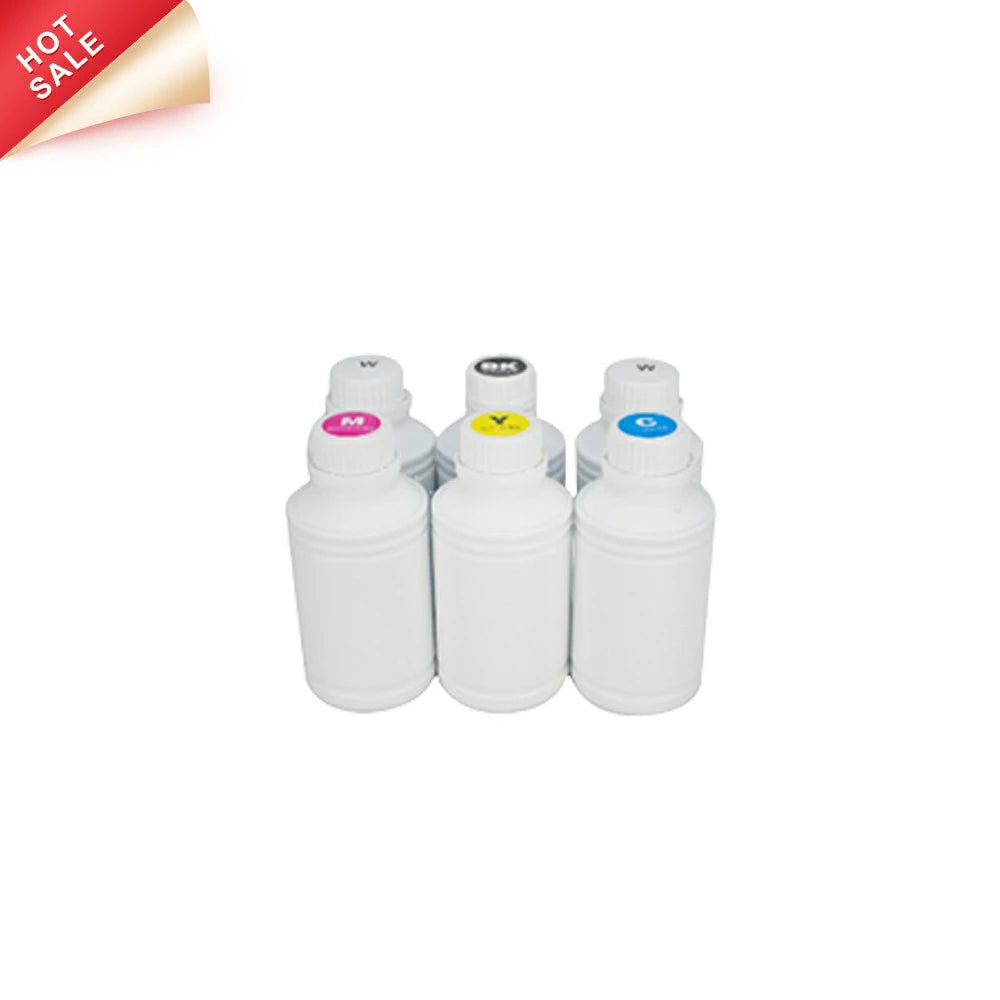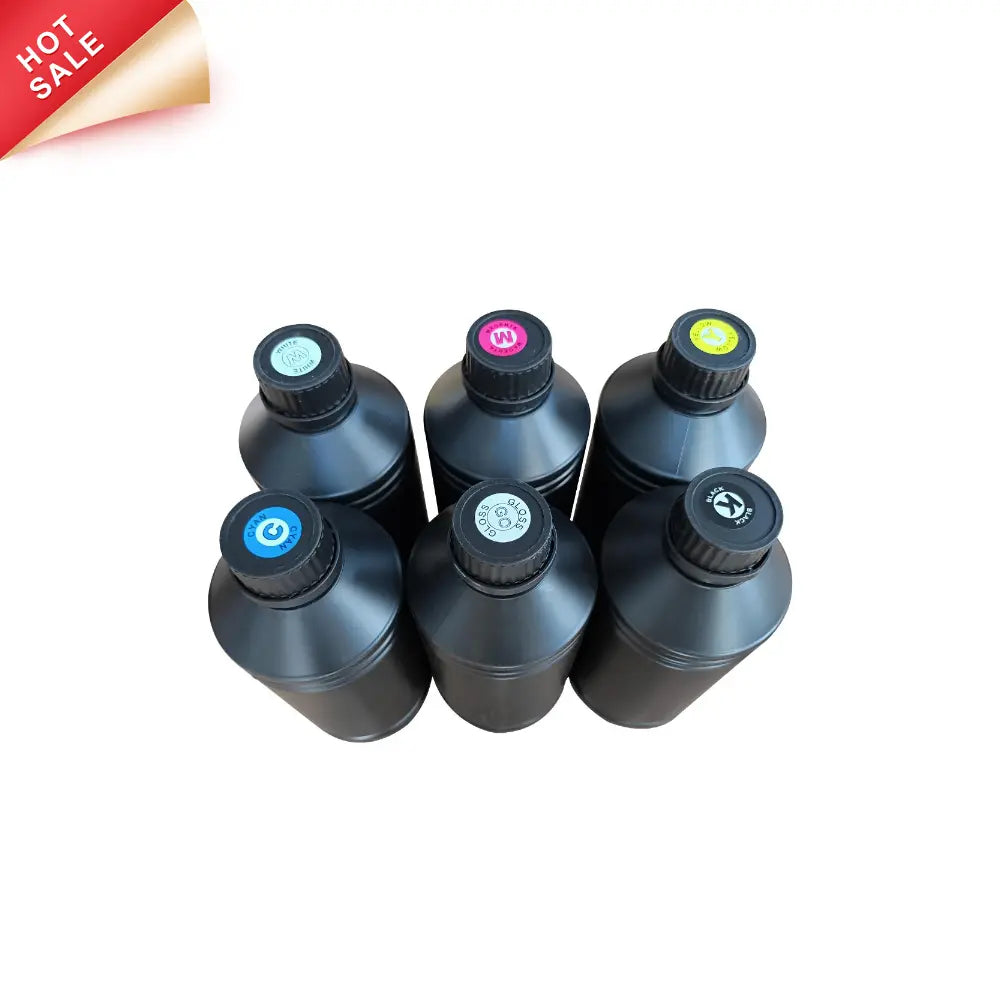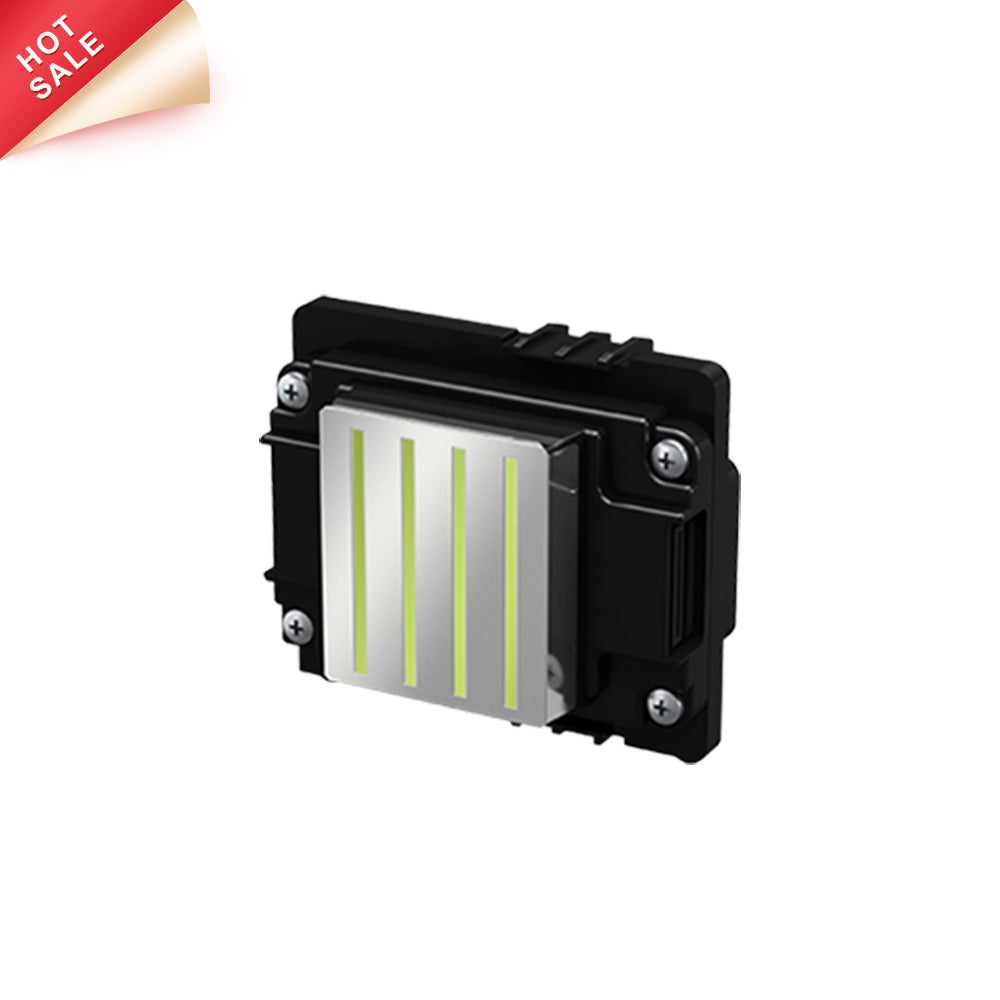Direct-to-Film (DTF) printing has quickly become a go-to method for creating vibrant, high-quality textile prints. From intricate artwork to bold logos, DTF technology allows for unmatched detail and versatility. But at the heart of every great print lies one crucial component: the DTF PET printing film.
Choosing the right film can make the difference between a stunning, durable print and one that fades, peels, or disappoints. With a growing number of options on the market, it’s essential to understand what sets the best films apart.
Here’s your complete guide to making a smart, informed choice.
What Is DTF PET Printing Film?
DTF PET (Polyethylene Terephthalate) films are specially coated sheets used to transfer printed designs onto fabric. Unlike traditional screen printing or vinyl methods, DTF allows full-color, detailed images—including fine lines and gradients—to be applied to both light and dark garments.
The film acts as a temporary carrier for the ink and adhesive powder during the heat transfer process. Once the print is transferred to the garment, the film is peeled away, leaving behind a vibrant design.

What to Look for in a DTF PET Printing Film
1. Film Thickness and Strength
Thickness, typically measured in microns (µm), directly affects flexibility and durability. Most films fall between 75µm and 100µm.
-
Thinner films offer better stretch and drape but can be prone to curling or tearing.
-
Thicker films provide more stability and longevity but may not capture extremely fine details as well.
Choose a thickness that aligns with your printing needs—fine art prints may favor thinner films, while workwear might benefit from heavier options.
2. Release Coating Quality
The release layer ensures the ink and adhesive detach cleanly from the film and bond smoothly with the fabric. Inconsistent or low-grade coatings can result in patchy prints or failed transfers.
Opt for films with a reliable, even release layer to ensure consistent results, especially if you're handling bulk orders or high-detail designs.
3. Hot Peel vs. Cold Peel Films
-
Hot Peel Films can be removed while still warm, which speeds up production and is ideal for fast-paced environments.
-
Cold Peel Films require cooling before removal, offering a more refined finish but taking slightly more time.
Your choice here should reflect your workflow priorities—speed or finish quality.
4. Ink and Powder Compatibility
Not all PET films are universally compatible with every type of DTF ink or adhesive powder. Using mismatched materials can cause smearing, weak adhesion, or subpar durability.
Always check compatibility with your existing printer setup before committing to a new film brand.
5. Clarity and Anti-Static Features
A transparent film makes it easier to align your design precisely on the garment. Anti-static properties help repel dust and lint, which can otherwise interfere with a clean transfer.
These small details can significantly impact your final results—especially when working on detailed or multi-color prints.
6. Resistance to Washing, UV, and Wear
Quality films are engineered to stand up to repeated washes, UV exposure, and friction. Cheaper alternatives may crack, fade, or peel after just a few cycles.
Invest in a film that promises long-term durability—your customers will notice the difference.
How to Test Before You Invest
Before placing a large order, run a few trial prints to assess performance.
-
Do a Test Batch: Print and transfer a sample batch to gauge image clarity and ease of use.
-
Check Adhesion: Ensure the print bonds well to the fabric, especially along the edges.
-
Wash Test: Launder the garment multiple times and observe any color fading or peeling.
These steps can save time, money, and frustration in the long run.
Why the Right DTF Film Matters
Choosing the right PET film isn’t just a technical decision—it directly impacts your print quality, production efficiency, and customer satisfaction.
Here’s what you gain with a high-quality film:
-
Crisper, more vibrant prints that bring designs to life
-
Smoother workflow with fewer print failures and re-dos
-
Stronger customer loyalty thanks to long-lasting designs
-
Better cost control with fewer wasted materials
Common Uses for DTF PET Printing Films
Thanks to their versatility, DTF films are widely used across industries:
-
Fashion & Apparel: T-shirts, hoodies, denim, and even intricate dress patterns
-
Promotional Items: Branded bags, caps, and giveaway gear
-
Sportswear: Durable, stretchable prints that survive heavy use and frequent washing
Whether you're a custom print shop or a fashion startup, DTF PET films open up new creative possibilities.

Final Thoughts
Not all DTF PET films are created equal. The best ones strike a balance between flexibility, durability, and compatibility with your current equipment. By paying attention to factors like thickness, release coating, peel type, and long-term performance, you can elevate your prints from good to exceptional.
Don’t be afraid to test and experiment. A little extra diligence up front can lead to better prints, happier clients, and more reliable results every time.


